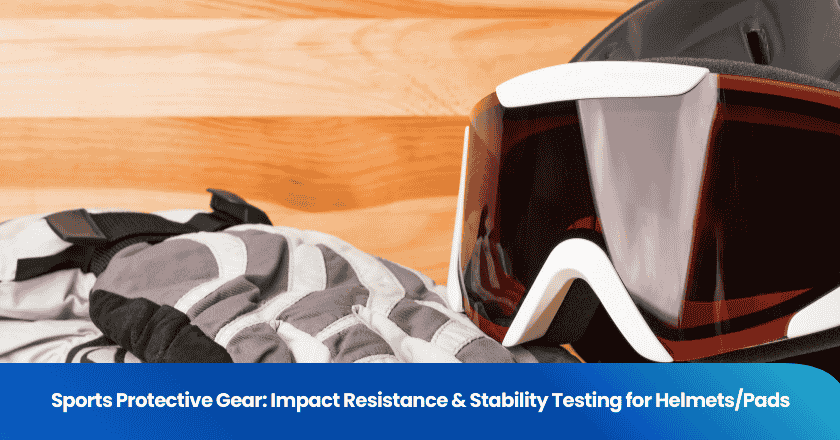
1. About third-party inspection services
Third-party inspection service, also known as impartial inspection, refers to an object other than two interrelated subjects, we call it a third party. The third party can be related to the two subjects, or it can be independent of the two subjects. Commodity inspection activities carried out by relevant laws, standards or contracts. The existence of independent third-party inspection services is of special significance. It is not only an effective supplement to government supervision, helping the government get rid of the "crisis of trust", but also providing support for industrial transformation and upgrading, and providing a strong service platform for the development of the industry.
2. How to do the third-party inspection services for textiles?
Clothes and similar textiles play a very important role in our lives, and people from all walks of life need to dress differently to prove their identity or to keep warm and beautiful. Therefore, it is particularly important for textile quality control services, so what about the textile test reports issued by many third-party inspection services?
Third-party laboratories for in line inspection in garment industry are mainly divided into two categories: physical laboratories and chemical laboratories.
Textiles usually have standards to follow, such as standard GB 18401 of third party quality assurance services, which stipulates that certain physical properties of textiles must meet the requirements, such as color fastness to perspiration, color fastness to washing, and color fastness to rubbing. These physical indicators are detected by the physical laboratory, and of course there are other indicators specified by customers, such as fabric tensile strength, fabric pilling tests are physical properties testing, generally detected by physical experimental instruments.
The chemical laboratory is mainly to analyze harmful chemicals in textiles, such as formaldehyde residues, banned azo dyes, pH value, composition analysis, etc. These are chemical tests, generally chemical pretreatment, such as extraction with chemical reagents, decolorization, Dissolution, etc., and then use analytical instruments such as UV, gas chromatography-mass spectrometry, pH meter or infrared spectroscopy for quantitative analysis.
Because textiles are important, countries have different specifications and standards for various textiles. We have also been committed to escorting product quality and safety for a long time, and generally only qualified textiles can be produced. At the same time, some businesses are unethical and endanger the rights and interests of consumers, which is very undesirable.
Grow your business with TradeAider Service
Click the button below to directly enter the TradeAider Service System. The simple steps from booking and payment to receiving reports are easy to operate.



